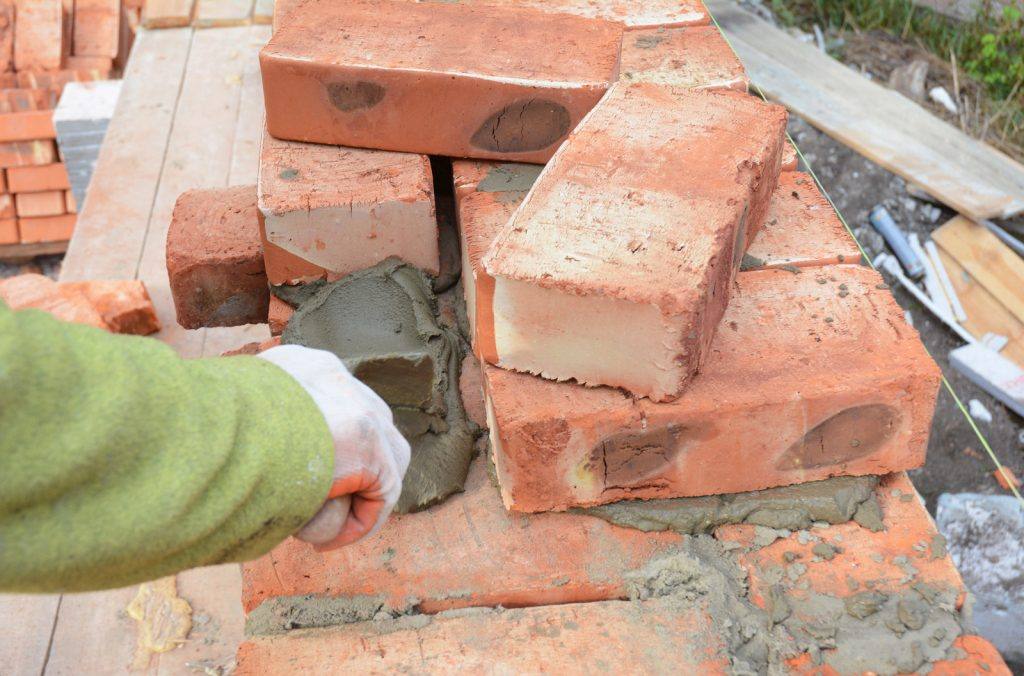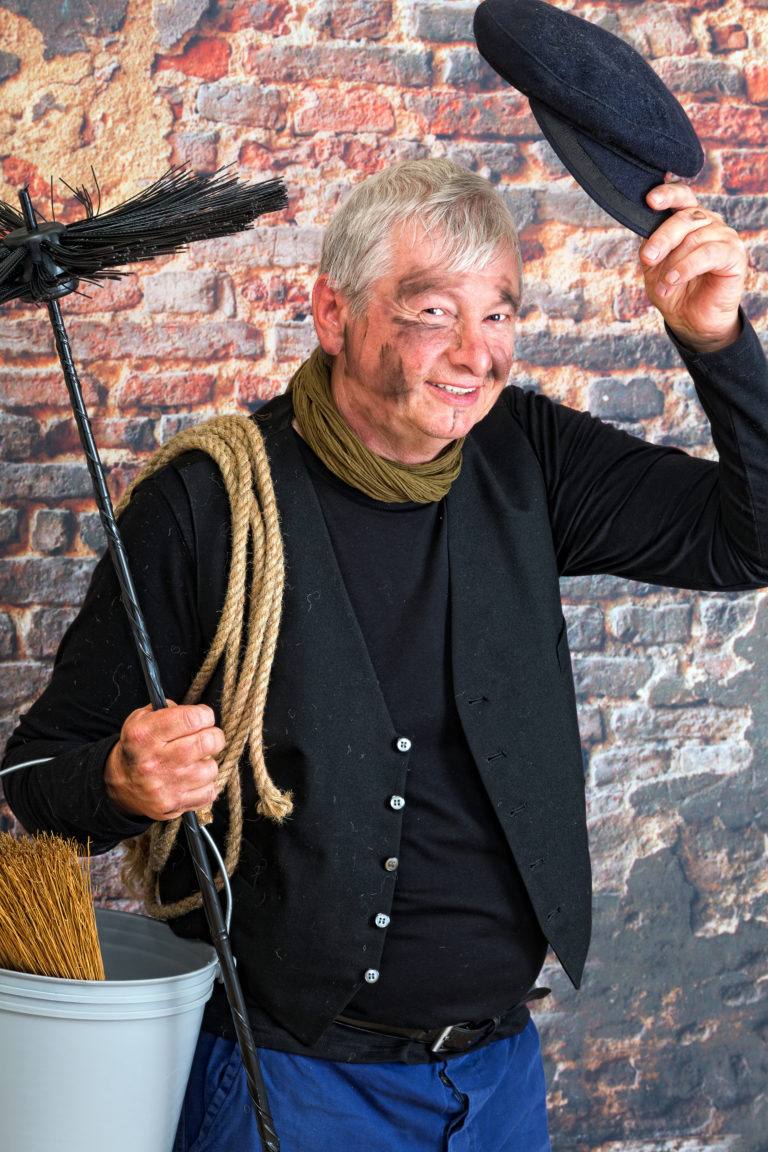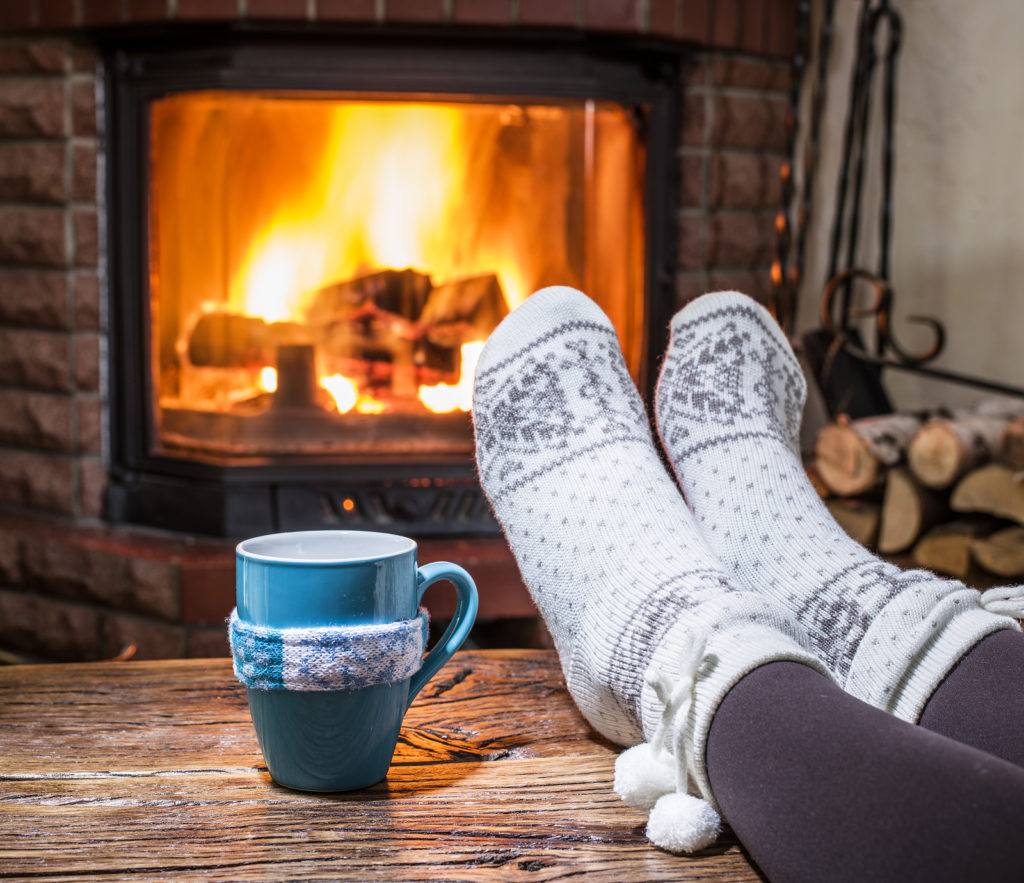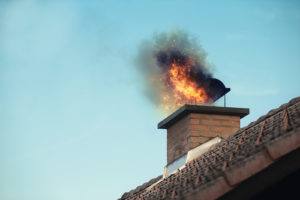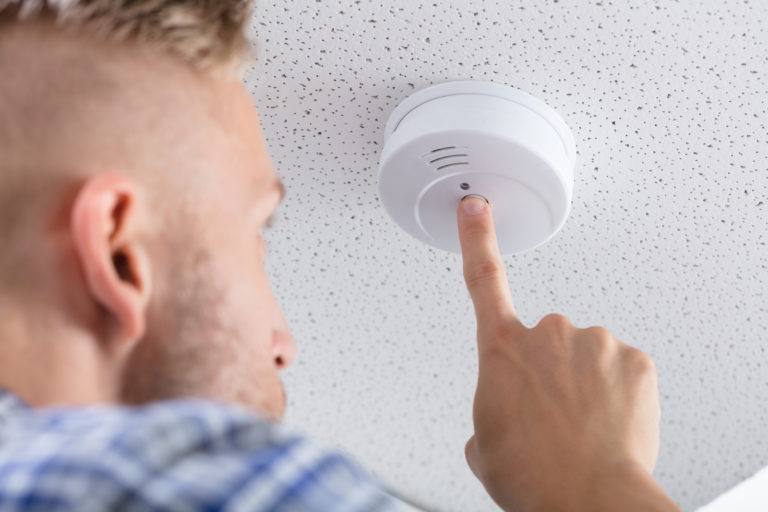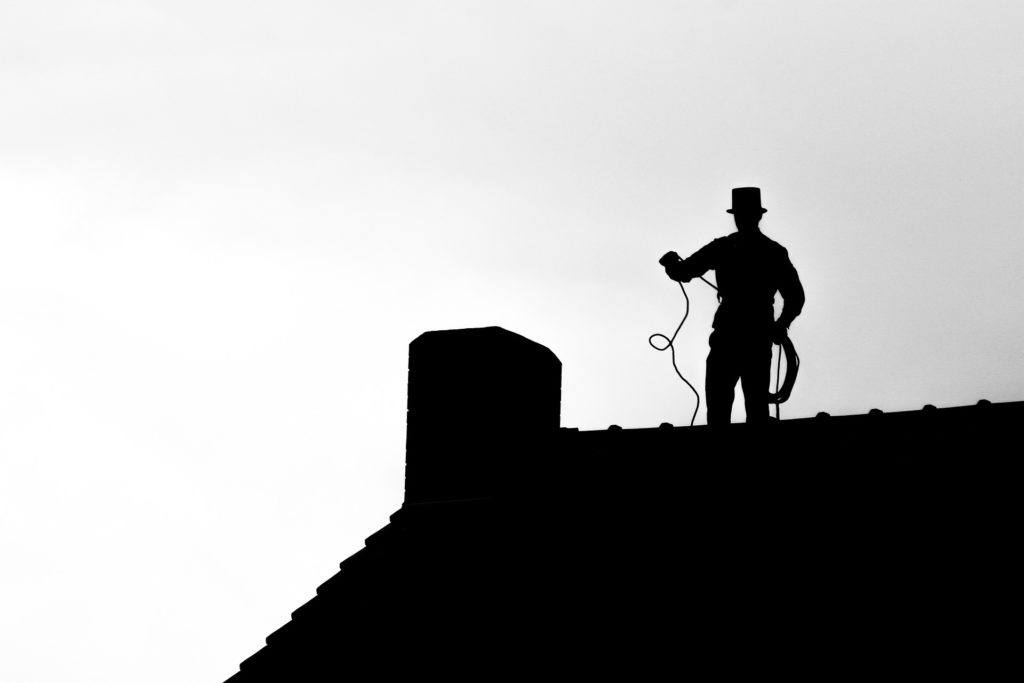You may already know this, but being a chimney sweep takes a lot of education and skill. A worker off the street wouldn’t be ready to understand the details of the work or have the skills to do the job.
Why? Because a chimney sweep doesn’t just clean chimneys, although that alone takes significant safety training. They also detect damage and danger in masonry and can repair or install components of a safe, functional fireplace and chimney system.
CHIMNEY SAFETY INSTITUTE OF AMERICA
The Chimney Safety Institute of America offers certifications in chimney care and related skills. The owner of Irish Sweep and other Irish Sweep employees have various CSIA certifications. These include CSIA Certified Chimney Sweep® and CSIA Certified Dryer Exhaust Technician® credentials. These chimney sweep education certifications are difficult to earn and chimney sweeps must renew regularly.
CONSTRUCTION SKILLS
Masonry work, structural safety, and other construction-type needs often become known during a fireplace and chimney inspection. A good chimney sweep is ready to not only identify these issues, but do upgrades as needed or desired. That’s why it’s important to have a construction background.
Sal of the Irish Sweep has a California State Contractor’s License, a Masonry License, and a specialty license for metal-related work like installation of a wood burning insert. This way you can skip the step of having a chimney specialist explain what you need to a construction specialist. Therefore one highly skilled expert is always best.
CONTINUING CHIMNEY SWEEP EDUCATION
Some certifications and licenses are required to be a chimney sweep. It’s not required to continually seek out new skills and refresh old ones, like the Irish Sweep does with continuing education. Our awareness of new technology, techniques and gear keeps your experience with chimney care top quality.
Make no mistake, because the skills and knowledge of a chimney sweep are extensive. If you have any questions or need to schedule chimney or dryer vent servicing, contact the Irish Sweep today.

